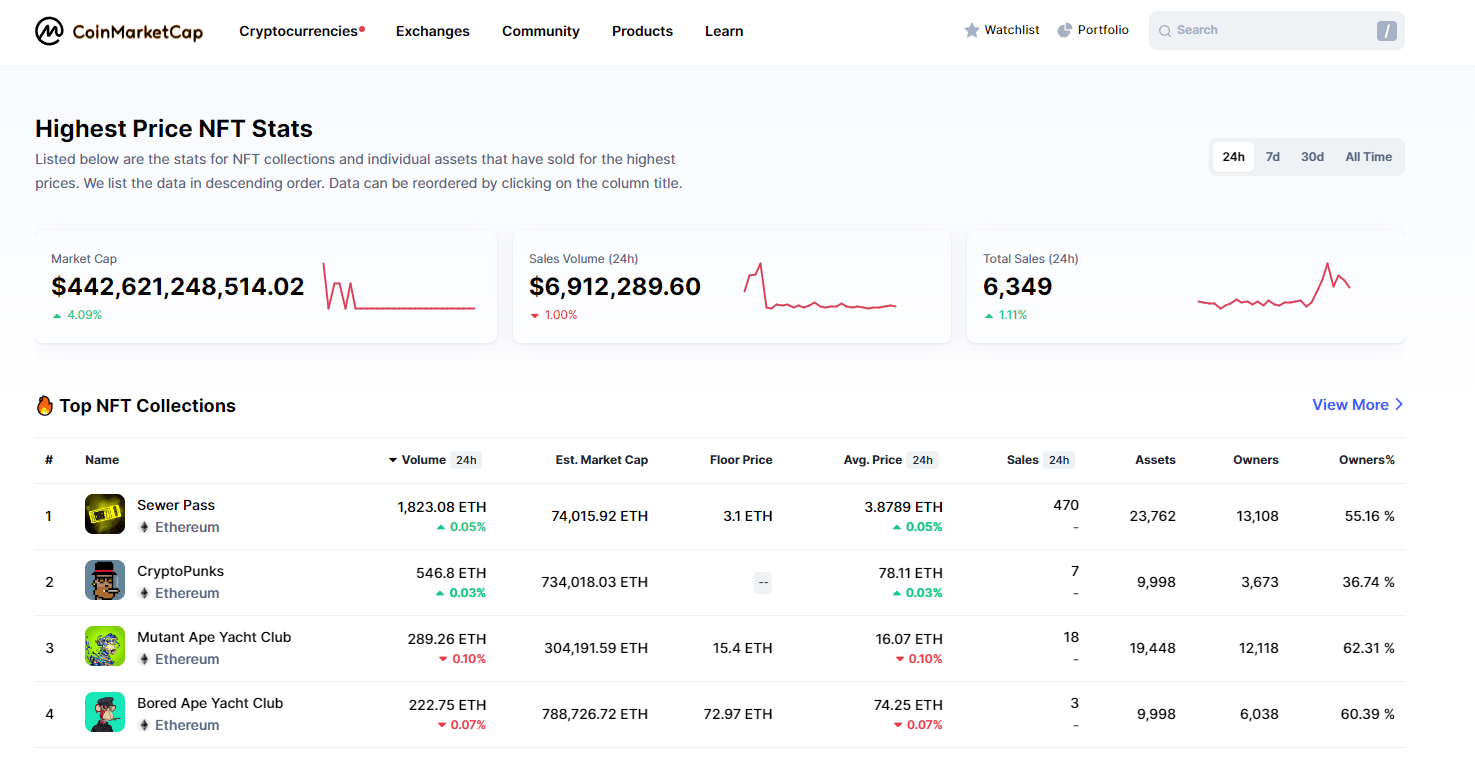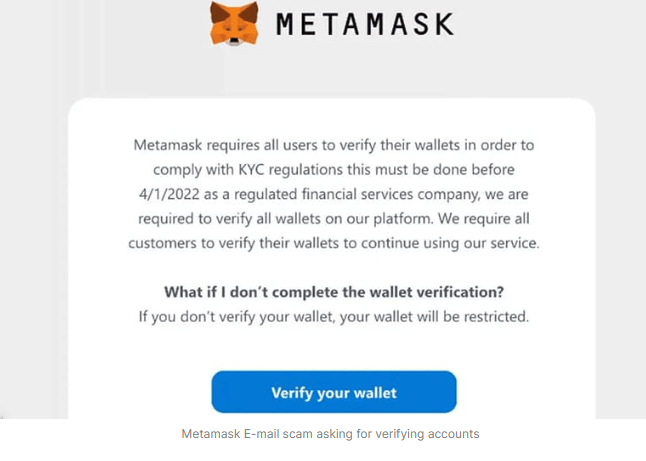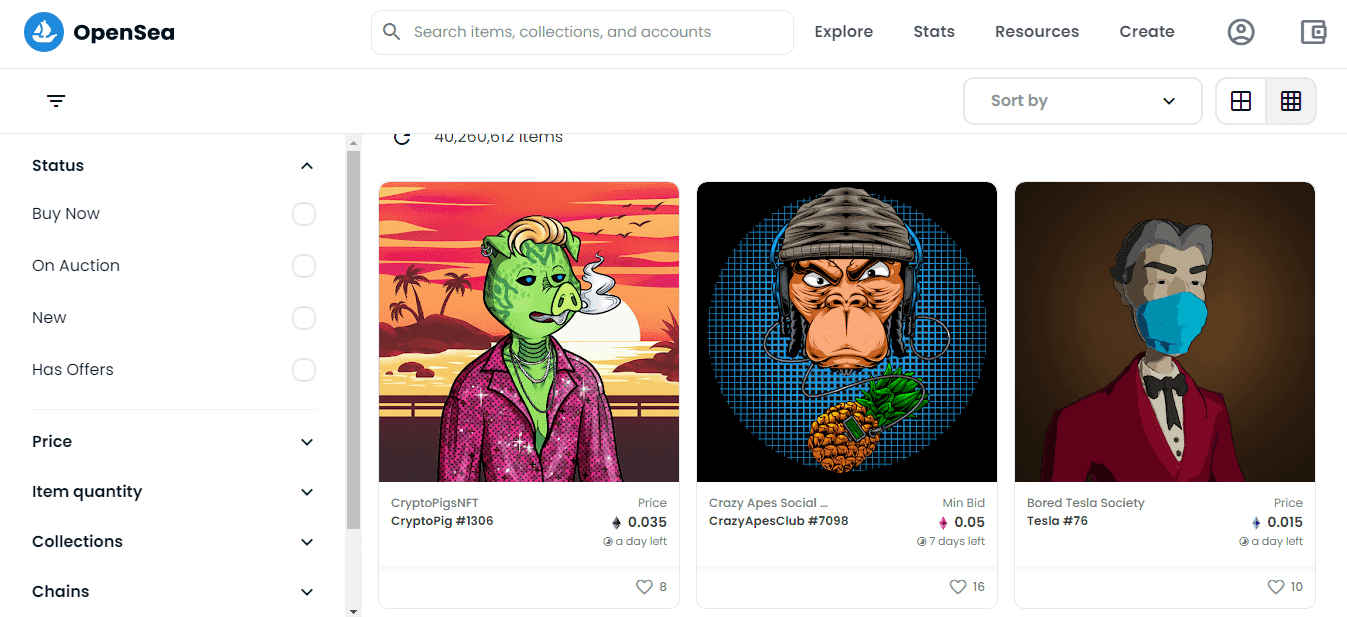Common NFT Scams & Safety Tips
With the rapid advancement of blockchain technology and the surge of NFT popularity in recent years, programmers, gamers, artists, and even teenagers have more opportunities.
Unfortunately, fake artists and other fraudsters looking for profit have also noticed new opportunities. NFTs may operate on various blockchains but are largely centered on the Ethereum blockchain. Typically pointing to an image file, they act as a digital certificate for a single object. Understanding how to recognize and avoid scams has become crucial due to the risk of financial loss.
This article includes advice on how to prevent common NFT scams as well as a complete list of the NFT scam types. Our investigation of the NFT frauds provides information about scams that have dogged the sector since its debut.

Fake Marketplaces
This category includes fake markets and wallets that mimic legitimate ones that are frequently distributed through various channels such as forums, emails, social media, and others. The deception lies in the subtle differences in the website's layout or URL that make it difficult for users to distinguish between fake and trustworthy companies. This can result in unsuspecting users being misled and their assets being at risk.
Fake Offers
When the cryptocurrency you listed your goods with undergoes a change, it may lead to a bid scam. This happens when a potential buyer places the highest bid without informing you.
This scam happens when selling your work on the secondary market so that you may fall victim to fake offers. This occurs when a buyer offers to pay you 1 USD instead of the agreed-upon 1 ETH for your work.
Fake Technical Support
On social media platforms related to non-fungible token projects, scammers often pose as customer service representatives to steal assets stored in users' wallets by obtaining their private keys.

Giveaway Scam
Giveaway scams are a form of deceit where fraudsters pose as a reputable exchange or well-known figure to host a fake contest. They request a certain amount of bitcoin to be sent to them in exchange for a chance to win half of the "giveaway”. However, once the funds are sent, they cannot be retrieved due to the irreversible nature of bitcoin transactions, enabling the scammers to profit.
Rug Pulls
Rug pull scams have gained notoriety for their ability to go unnoticed until it's too late. The fraudsters generate excitement around a project to lure in investments, then suddenly abandon it, similar to pump-and-dump tactics. They often do so once they have drained investors' funds, then disappear from social media and remove all the money from their wallets.
Counterfeit NFTs
The owner of an artwork is not equivalent to possessing the original or having control over the intellectual property rights of an artwork. Any image can be transformed into artwork on platforms like OpenSea, even if you don't possess the rights to it. Deceptive individuals can exploit this by reproducing NFTs from another user's work, fooling buyers into believing they are acquiring authentic artwork, then selling the imitation on the marketplace. Once the deceit is exposed, the fake work loses its value completely.
Pump and Dump
Scammers resort to pump-and-dump strategies to artificially increase the price of their collection with the intention of making a profit. To achieve this, they post multiple offers in rapid succession to stir up excitement about the drop. When the prices reach a certain point, the scammers sell their holdings, leaving unsuspecting buyers with the artwork they have overpaid for.

How do you protect yourself from NFT scams?
This guide was created to help you defend against NFT scams by learning to identify and avoid them. Essential steps to keep in mind include verifying links and websites, conducting background research, checking transactional currency, and using only verified accounts. It's crucial not to give out passwords and to carefully examine the transaction history and wallet data of a collection before purchasing it. Check the number of transactions and purchasers on platforms like OpenSea for added security against pump-and-dump fraud. Reach out to the artist through social networks for added assurance.
It is necessary to do a fundamental background investigation and confirm the source's authenticity. The next step is to check the website is legitimate and that the background of the seller's account is reliable.
Checking the transactional currency before starting the transactions will help prevent scams.
To avoid the fake support scam, ensure you only access a specific telegram channel or Discord server through a creator’s official page or site.
You may avoid counterfeit scams by ensuring that any work you buy on a marketplace is from a verified account.
Conclusion
Fraud incidents are popping up more and more frequently as the ecosystem develops and grows. It is crucial to educate oneself on the strategies that scammers use in the marketplace and to keep up with the most recent laws and technological developments in the sector if one wants to safeguard themselves from these schemes. Despite the fact that NFT scams are becoming common, there are precautions you can take to protect your assets. First and foremost, you must protect your wallet from hackers and never divulge your private keys. Establishing your account on a reliable wallet is advised to further reduce the possibility of falling prey to shady trade sites. There are a number of well-known digital wallets available for you to select from.